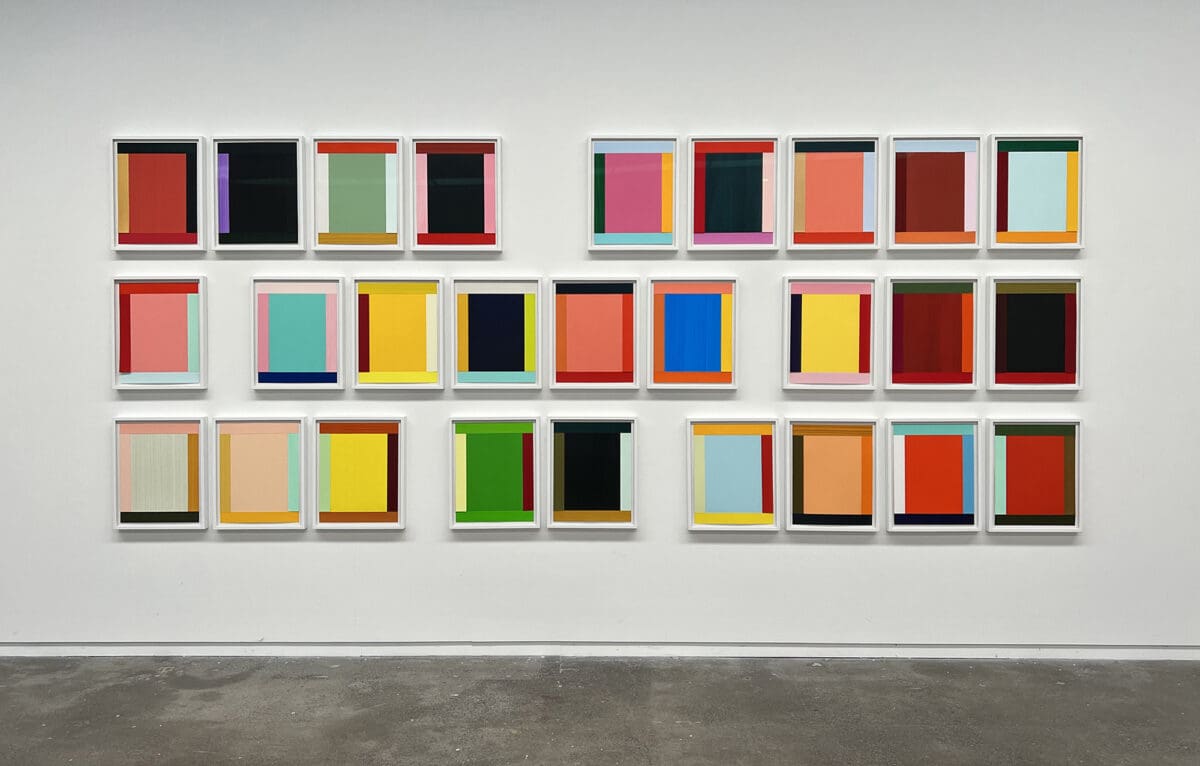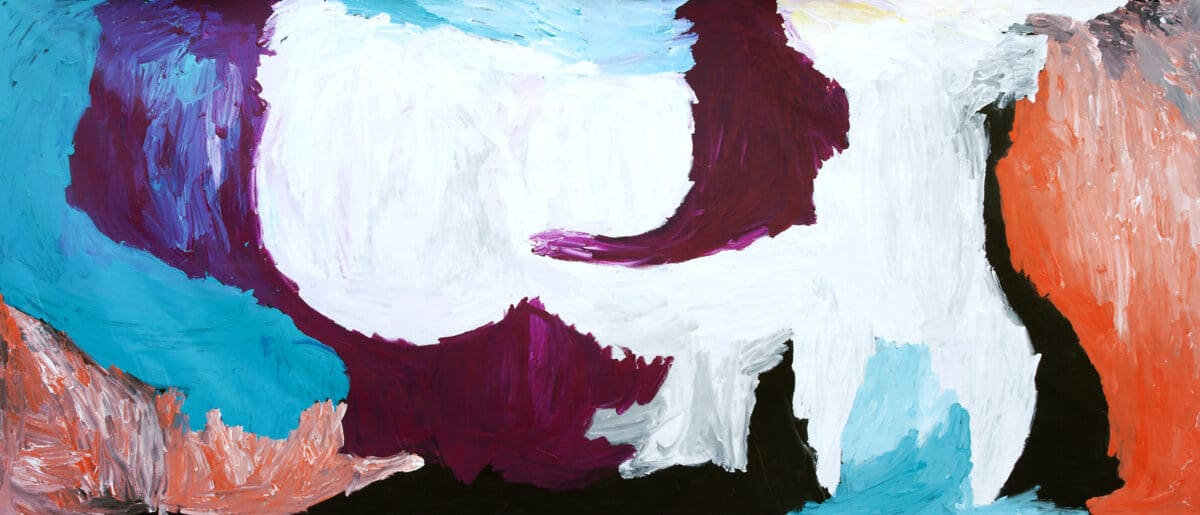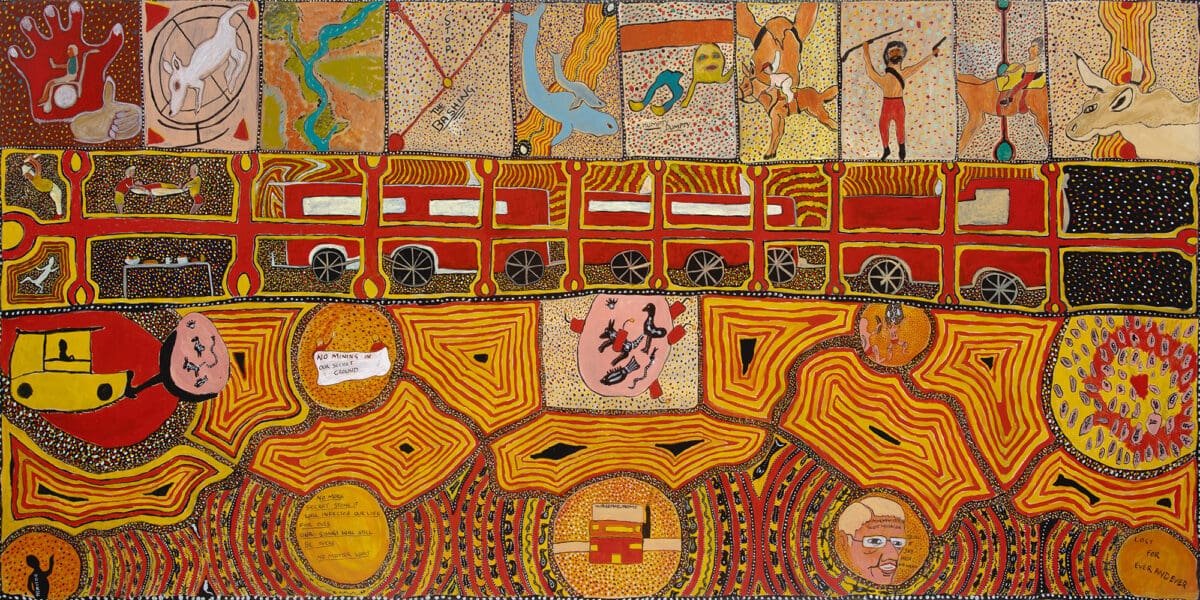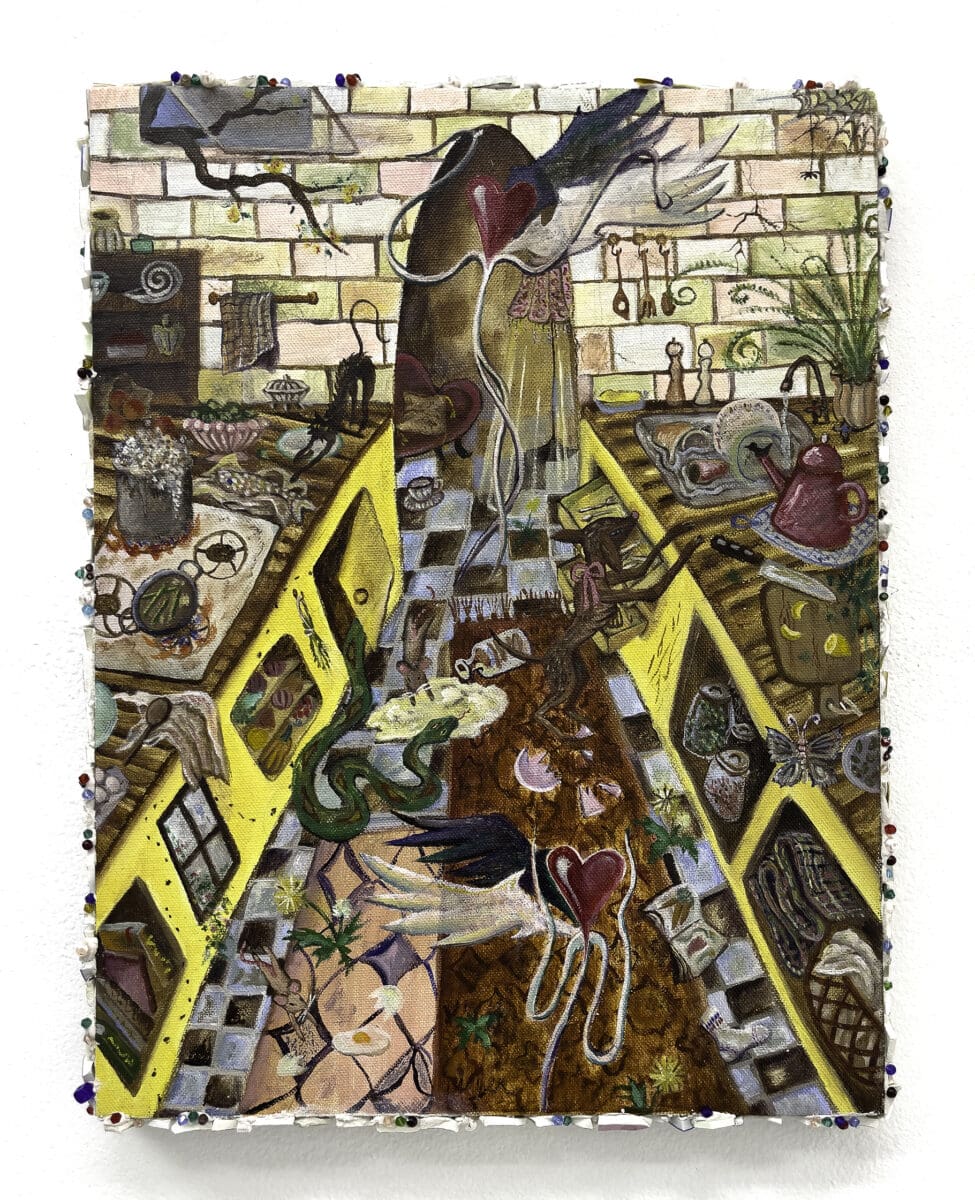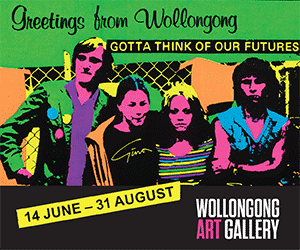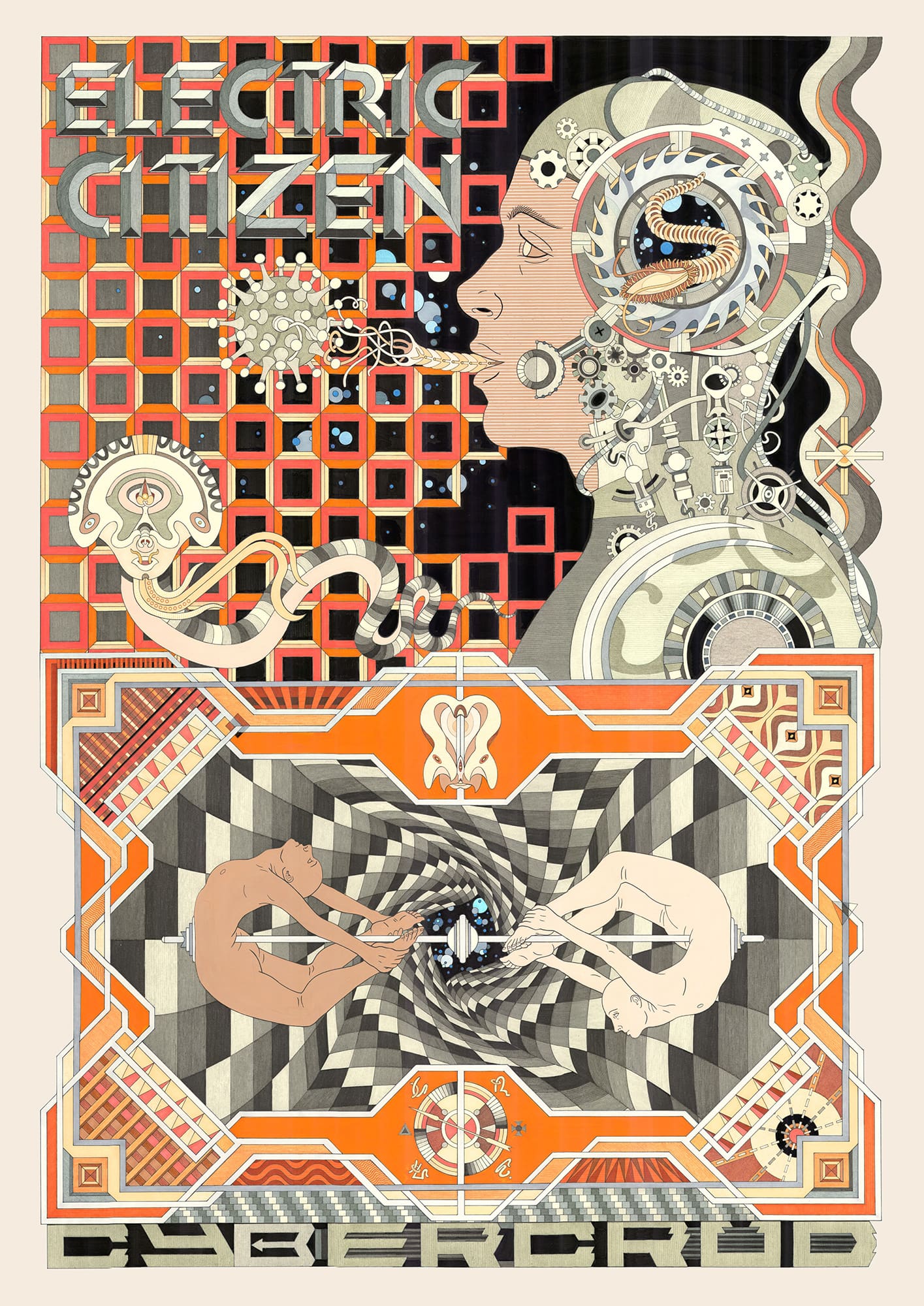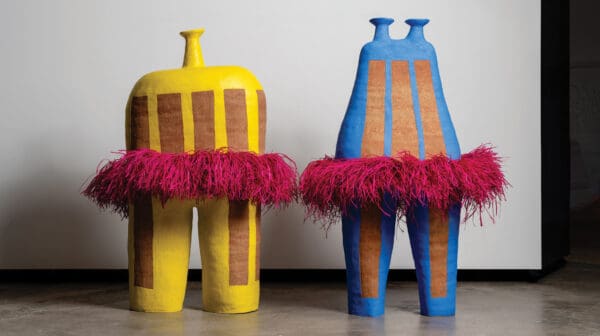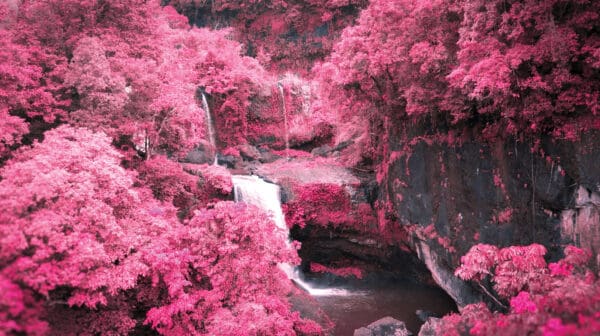Before Covid, art fairs were drawing some grumbles: there were too many, they were too glib, and too much about money and art stars, the naysayers complained.
It’s amazing what a pandemic, and the ensuing effects on life, can do: art fairs nationally reported big successes in 2023. And in Melbourne, difficult lockdowns and restrictions seem to have particularly whetted appetites for big art events. Hot on the heels of the National Gallery of Victoria’s Melbourne Now, and coinciding with its latest Triennial and the nearby MPavilion offerings, the once-biennial Melbourne Art Fair is now going annual.
Chief executive officer Maree Di Pasquale is thrilled at what will be a fixture on the once-quiet summer visual arts calendar. Established in 1988 as the Australian Contemporary Art Fair, the 2024 event is its second outing at the Melbourne Convention and Exhibition Centre in a long-term deal. Di Pasquale says the venue is a natural home for the fair, this year housing 60 galleries and Indigenous art centres, all presenting solo shows.
It seems extraordinary that art fairs should be doing so well, given the trials of the pandemic, runaway cost-of-living price hikes, and anxiety around global political and environmental issues. Yet, September’s Sydney Contemporary Art Fair welcomed more than 25,000 visitors—its largest intake to date—and put through more than $21 million in art sales in five days, another record. It featured 96 galleries and more than 500 artists. The July Cairns Indigenous Art Fair reported record returns, too: more than 27,000 visitors and more than $7 million injected into the local economy. And August’s Darwin Aboriginal Art Fair made $4.4 million in art sales, injected $12 million into the Northern Territory economy, and had close to 16,000 visitors. The art fair component of South Australia’s Tarnanthi Festival, which opened in October, had 4000 visitors and $1.5 million in sales.
For the Melbourne fair, one of the oldest fairs globally, Di Pasquale says the move to an annual show has been under consideration for a long time. “Every other art fair in the world runs on an annual basis and in order to enter this next stage of life for the Melbourne Art Fair, it was a necessary change,” she says. “But we certainly wouldn’t have done it if we didn’t have the interest and support from galleries, partners and funding bodies.”
Given Melbourne’s rich history and culture of collecting contemporary art, Di Pasquale says it is also important that the fair operates as a highly curated event: galleries submit detailed applications with this in mind, adhering to strict parameters. “We follow major art fairs in terms of appointing an independent selection committee comprised of commercial gallery leaders who know and understand the business of art—but also curators who are very aware of what is happening.”
“Art fairs are a melting pot, a place where hundreds of artists come together with curators, collectors, critics, academics, and it is rare to experience an environment like that, where people are exposed to new ideas and make connections. Covid reminded everyone of the role of the art fair.”
The focus on solo artist presentations is a continuing “repositioning” of the fair, Di Pasquale says. Many of these artists will show a focused body of work, which she says in itself comprises a sort of overarching theme. “As an art fair operated by a notfor- profit foundation [Melbourne Art Foundation], our remit is to support the commercial gallery network and living artists. Importantly, the best way to do that is to create the best stage to support the artists’ individual practice.”
Di Pasquale says while Victoria has some of the nation’s strongest galleries and a robust art market, she was aware of a feeling of “art fair fatigue” pre-Covid. “[The pandemic] was incredibly tough for the sector but it reminded us of this strong desire to experience art in the flesh and be in a physical space,” she says. “Art fairs are a melting pot, a place where hundreds of artists come together with curators, collectors, critics, academics, and it is rare to experience an environment like that, where people are exposed to new ideas and make connections. Covid reminded everyone of the role of the art fair.” That sense of connection is expressed in the title of the fair, Ketherba, a Boon Wurrung word used to express a togetherness imbued with promise, one that embraces difference and offers hope.
With the art fair featuring artists like Sally Gabori, Gordon Bennett, Jess Johnson and Mark Smith, Di Pasquale is reticent to identify highlights for the fair, but she is especially excited about showings from various Indigenous art centres, and from newer galleries that are attracting attention, some of which opened just before Covid and managed to weather the storm.
She’s also enthusiastic about the Melbourne Art Foundation 2024 commission, which has gone to Julie Rrap, represented by Roslyn Oxley9 Gallery. As one of the country’s best-recognised women artists, Rrap has been working for three decades in various mediums and will be presenting a large-scale sculptural work to be unveiled at the fair, before the piece goes into the Art Gallery of Western Australia’s (AGWA) permanent collection.
Melbourne Art Fair 2024: Ketherba/Together
Melbourne Convention and Exhibition Centre (Melbourne VIC)
22—25 February
This article was originally published in the January/February 2024 print edition of Art Guide Australia.



